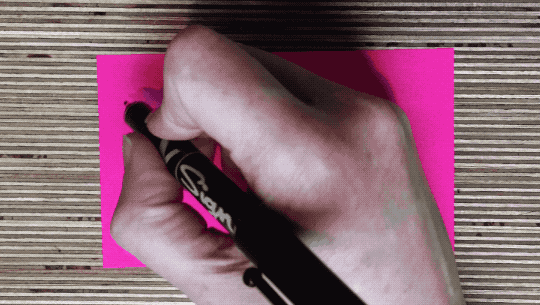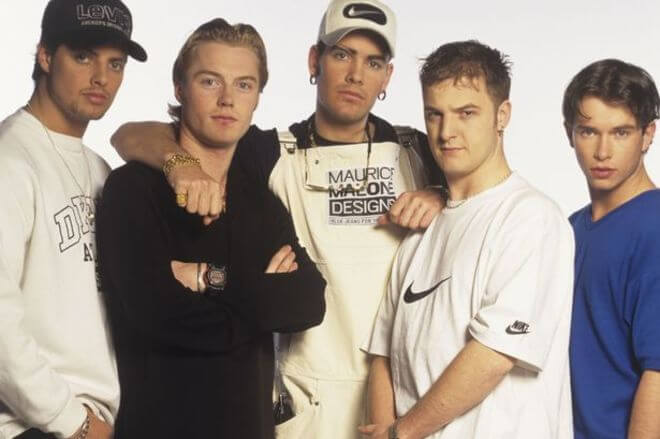5 books that shaped our design thinking

There are hundreds of books out there that can tell you how to design great products (and thousands of articles listing them). We picked these books because they often ask why we should be designing anything at all, a question we ask ourselves with every brief that comes through the door. Not only that but they underpin the values of Made by Many and have been instrumental in informing our process.
Design for the Real World: Human Ecology and Social Change
Victor Papanek
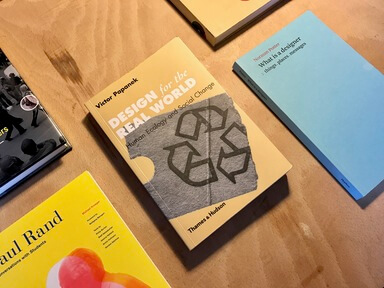
This book feels like a gift not only to designers but to the world. In it, Papanek compels us all to appreciate the social and moral responsibilities of design.
When considering work at Made by Many we ask ourselves two questions: Do we feel we can truly make an impact to both business and customer? and does the project align to our human-centred values? Of course, it’s not always possible to be selective about what comes through the door. In those cases, Papanek outlines a mandate for balancing good and evil…
“It is unimportant what the mechanics of the situation are: four hours out of every forty, one working day out of every ten, or ideally, every tenth year, to be spent as a sort of sabbatical, designing for many instead of designing for money.”
What is a designer
Norman Potter

First published in 1969, What is a designer is equal parts philosophy and equal parts practical manual. Nearly 50 years later, the practical parts are a little dated, although from a historical perspective, it does serve as an interesting documentation of a designer’s studio and processes in days before we all sat in front of glass screens. It’s the philosophy that has stood the test of time.
“The designer cannot exercise his personal insights until every apparently conflicting factor in his brief has been reconciled to best advantage: until, in short, he knows exactly what he is up against and which constraints can be made to play in his favour.”*
*50 years ago designers were all assumed to be men!
Hidden in Plain Sight
Jan Chipchase

We believe the secret to building innovative products is hidden in human behaviours. Jan Chipchase teaches us that in order to see how people really behave we need to step away from our desks and head out into the world. In his case, his ethnographic research takes him far and wide, to places where technologies are being adopted in very new and novel ways.
“Designers, problem solvers by nature, are additionally bounded by the ‘solutions mode’ mentality. Always wanting to make things better has its altruistic qualities, but it can also come off arrogant when a designer fails to respect the solutions that already exist, particularly those that have evolved from within a community.”
Conversations with Students
Paul Rand

Perhaps all designers long to have studied under the great and cantankerous Paul Rand. Thankfully, Conversations with Students goes someway to helping us see what that might have been like. It is what its title suggests, insightful conversations between Rand and his students ranging from design philosophy to design education.
For those of us in tech, Rand’s disdain for computers seems antiquated but equally refreshing. Even at Made by Many, with all our talk of ‘digital transformation’, we believe the best ideas start away from the screen.
“It is important to use your hands, that is what distinguishes you from a cow or a computer operator.”
Designing Design
Kenya Hara
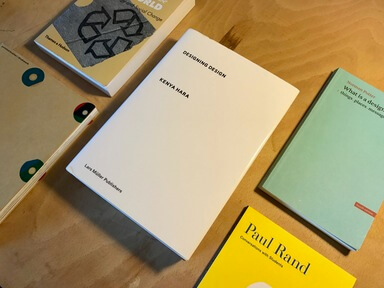
Kenya Hara, is most well known for his role as art director of Muji, a position he took in 2001 at a time when the anti-brand hit difficulties. In Designing Design we get to see into his multi-sensorial approach to design thinking that leads to unexpected conclusions.
In a similar vein as Alan Fletcher’s The Art of Looking Sideways, just when you think you’ve exhausted all the possibilities a glance at this book will show you another path.
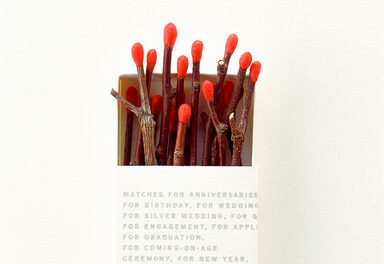
“…they are natural twigs whose tips are coated with a combustible substance. Specifically, his concept is to entrust these dried twigs with a final role, prior to their return to soil.”
In the interest of brevity, we’ve omitted many well-known, classic design books from this shortlist, for the simple reason of wanting to highlight something off-beat within the vast library of possible options. Nevertheless, these books have stuck with us and helped us see the world differently, hopefully they have the same effect on you.
Continue reading
Three questions to ask yourself, before speaking to your users
It’s not enough to just tick the box of ‘talking to users’ and think that doing so will mean we magically end up at the right product. We need to think cr...
Four GIFs that introduce our new proposition at Made by Many
How we built passwordless authentication with Auth0 and Elixir/Phoenix
Includes the Actual Code!
